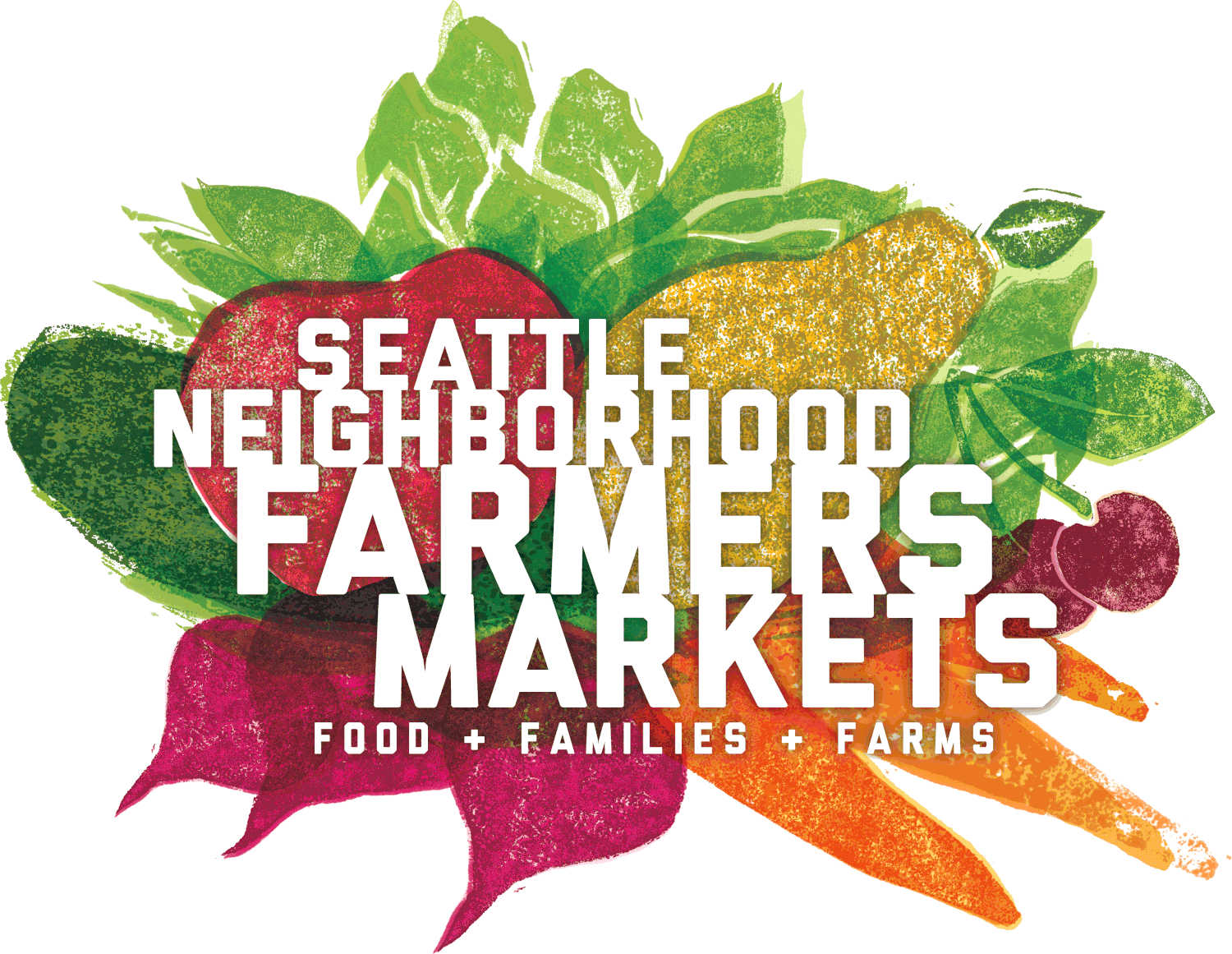Featured Ingredient: Salmon
Our vendors work hard to bring you the specialty products that you enjoy at your neighborhood farmers market. Each week, we celebrate the fruits of their labors by highlighting one of our favorite market treats and diving into the history and science behind them. This week, we're taking a look at the Pacific Salmon and it's cultural and ecological significance.
Delicious any way you make it, salmon is perhaps one of the most popular fish consumed today. It is also a cornerstone species in the ecosystems where it is found, and an essential source of protein and nutrients in many cultures around the Pacific Rim.
Though most salmon are referred to as Atlantic Salmon, Pacific Salmon are actually a different genus, known as Oncorhynchus, in the same family. This is the type of salmon we typically enjoy here in Washington. According to the Encyclopedia Britannica, there are six species of Pacific Salmon, "...the sockeye or red salmon (O. nerka), which ranges from the northern Bering Sea to Japan and the Columbia River of the American Northwest; the coho or silver salmon (O. kisutch), ranging from the Bering Sea to Japan and the Salinas River of Monterey Bay; the chum or dog salmon (O. keta), ranging from the Mackenzie and Lena rivers in the southern Arctic southward to Japan and the Rogue River; the king, spring, or chinook salmon (O. tshawytscha), from the Yukon River to China and the Sacramento River; the pink or humpback salmon (O. gorbuscha), from the Arctic to Japan and the Klamath River; and the cherry salmon (O. masu), which is found off Japan."
No matter where you are in the world, the wellbeing of salmon populations indicates the health of a river or marine ecosystem. Many animals, both aquatic and not, rely on salmon as a primary source of food, and plant life relies on salmon as a source of nutrients. If a salmon population is depleted, the surrounding ecosystem suffers. Salmon is also a primary source of protein and an integral cultural piece for indigenous communities around the pacific rim. Many native groups celebrate the return of salmon each season and catch and store salmon to eat all winter.
You can find sustainably caught salmon at Indian Candy, Sena Sea, Sea to Shore, and Loki Fish Co. There are so many ways to support these wonderful small businesses, including our new online farmers markets! Shop for pickup at the University District Farmers Market, West Seattle Farmers Market, Capitol Hill Farmers Market and Columbia City Farmers Market. It takes just three minutes to sign up, and once you do you can shop for your favorite local foods, all in one place.

